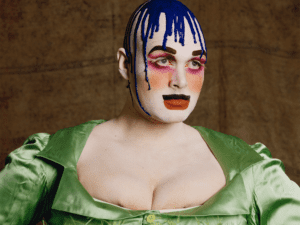The Columbus Museum of Art (CMA) presents the work of Gina Osterloh (b. 1973) in the artist’s first major museum survey, Mirror Shadow Shape. Osterloh’s studio-based practice uses drawing, film, performance and photography to examine the preconceived ways we understand our interactions. Curated by Anna Lee, Mirror Shadow Shape comprises of 40 works created between 2005-2020 and showcases a large-scale collection of photographs and video. Osterloh interrogates the boundaries of a body, as she asks viewers to pause and reconsider larger questions of perception and erasure. In early images such as Dots Front Misfire (2008), the artist overlays a room with pastel-coloured blue, green, pink and yellow strips of paper. The surreal photograph evokes the tableaux of Sandy Skoglund (b. 1946) and Jee Young Lee (b. 1983), in a scene that is at both celebratory and unsettling. An angular figure crouches in the middle, covered in the same material as its surroundings. In Mute Rash (2008), a woman lies on her front, as her legs disappear into a pink papier mâché wall. She is absorbed and taken away by the space.
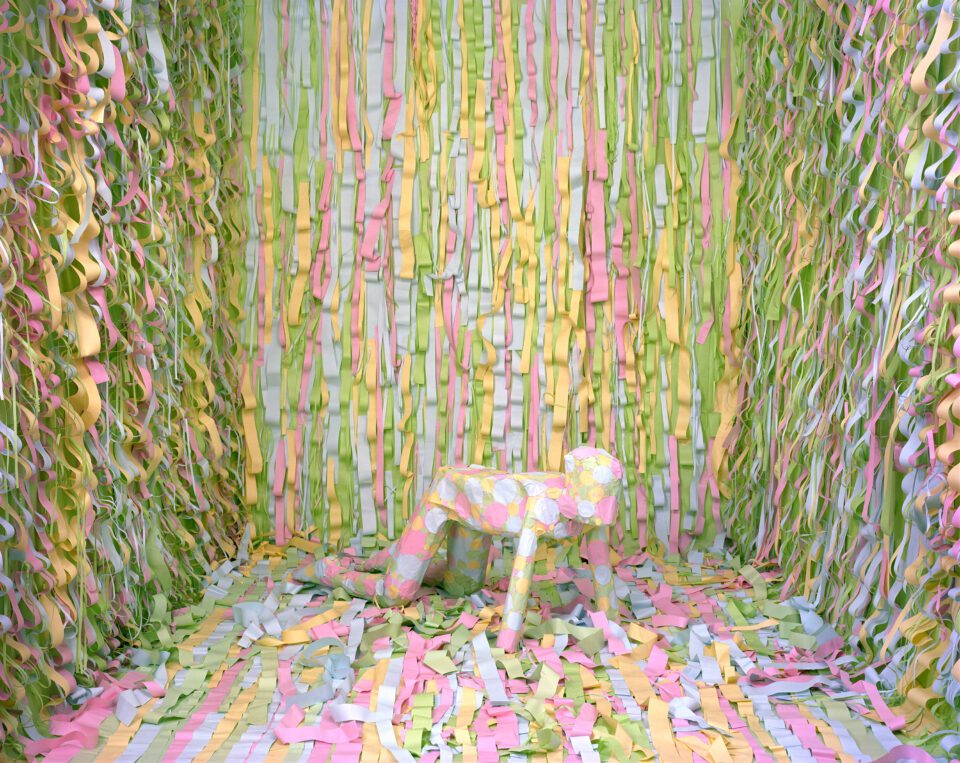
Osterloh’s photographs depict constructed environments created largely from paper. In the series Drawings for the Camera (2014-2017) and Zones (2017-ongoing), the artist opts for a black and white palette, creating drawings on photo studio backdrop paper that she then photographs. In Mirror Woman (2020), a figure is wrapped in reflective silver tape, where all identifiable markers and traits: eyes, ears, hair, mouth and skin colour are indiscernible. Osterloh cites her experiences as a multiracial Filipino-American woman in Ohio, as a set of formative experiences that led her to photography, larger questions of perception and how a viewer perceives difference. The artist said, “It’s about showing the fallacy of skin as a border, and also the fallacy of national borders and our rigid belief systems. In 2020, there was also this spike of anti-Asian and Asian American hate crimes, which is still ongoing” (Columbus Monthly). She draws on “the notion of the alien,” noting how individuals are categorised “automatically to belong or not belong.”
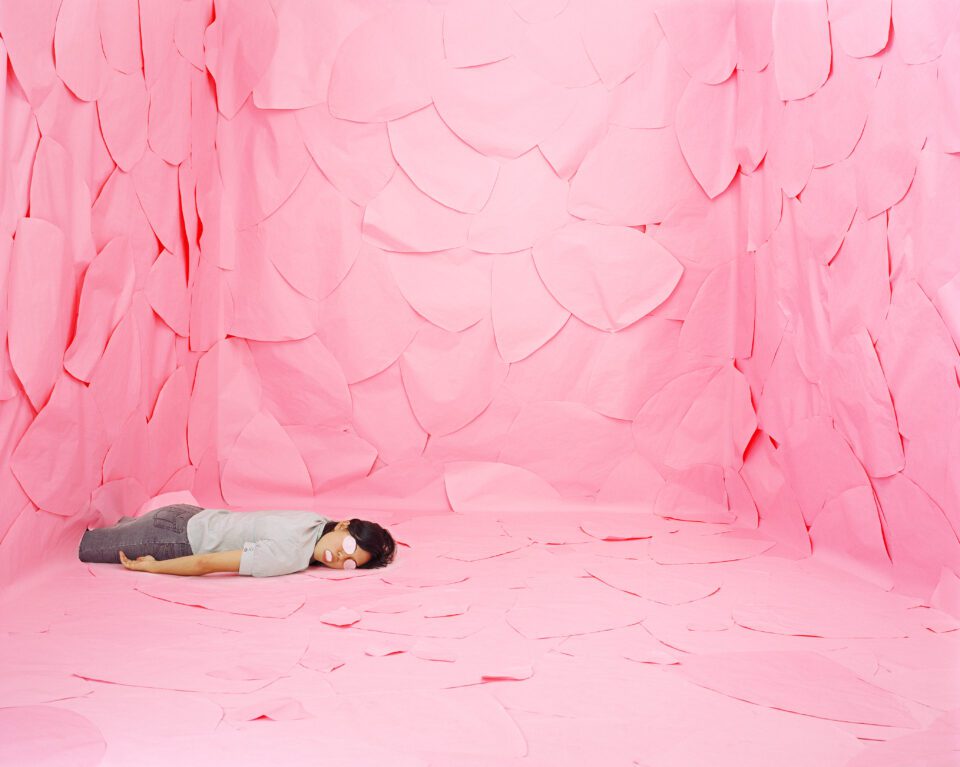
Elsewhere, Osterloh revisits the use of captive space. In Press and Outline (2014), a 16mm film loops in black and white, as the artist presses herself against a projected wall. The physical body and its shadow simultaneously oppose and support each other. At times, the difference between the two silhouettes is barely discernible. In Grid, Eyes; I am image and Holding Zero (all 2020) – purchased by Chicago Museum to inaugurate the Wayne P.Lawson Prize, which Osterloh was awarded in 2021 – she places a grid over an empty room. In reproductions of the image, black tape binds her body, creating a human cast. This mummified version is used in other versions, where, in Holding Zero #1 (2020), Osterloh’s freed body holds the anonymous replica. The work is reminiscent of the portraits of Alia Ali (b. 1985) and Thandiwe Muriu (b. 1990) and speaks to a wider generation of women artists who look at camouflage and perception. We’re left to consider: What are the fabricated barriers in society that promote the idea of “us” and “them”?
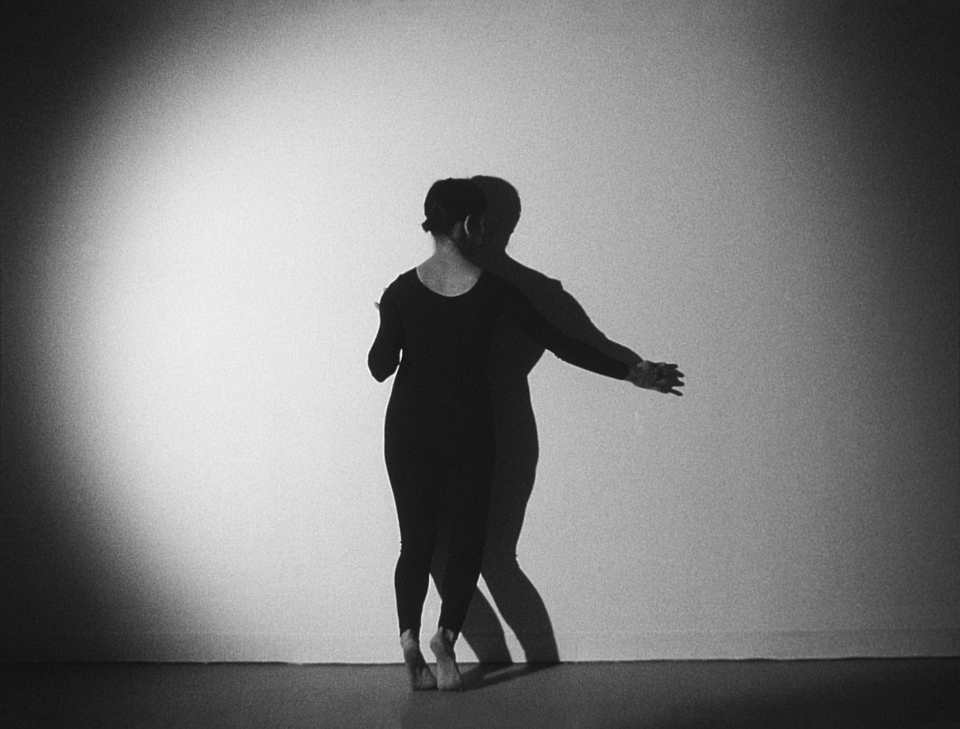
“The construction of identity, how we read skin in terms of race and representation, is a major influence in all of my work. I consider the rooms that I build to be extensions of the body or in a way a second skin” (Campus Times). These pieces speak to camouflage and assimilation, as they reference a history of erasure and othering of Asian Americans. Viewers need only consider the 1882 Chinese Exclusion Act that blocked Chinese workers from coming legally to the USA and the extension of the policy toward people from India, Philippines and Japan in 1917. The result, according to historian Mae Ngai in The Atlantic (2021), created an entire “barred Asiatic zone,” lumping different national origin groups into a single category. Whilst policies were repealed in 1943, the impact of such measures is still felt today; The Guardian shows that between March 2020 and 2022, more than 11,400 hate incidents were reported against Asian Americans.
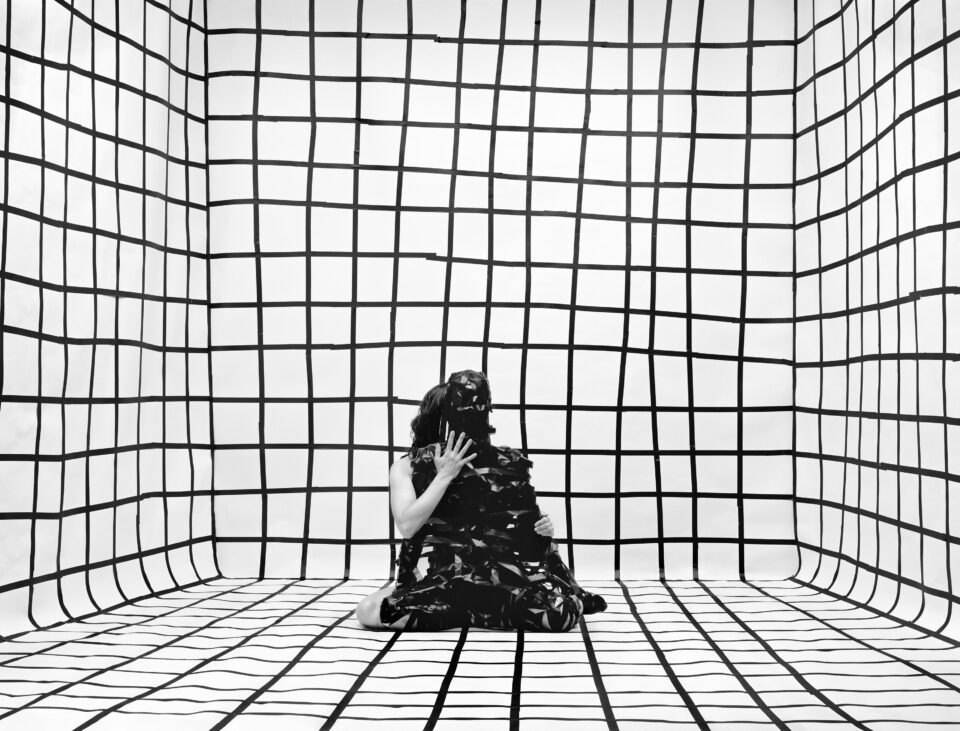
“What does Asian America look like from the inside? What does it mean to live in the blind spots of American history?” asks writer Xueli Wang in Aperture’s 2023 summer issue, Being & Becoming: Asian in America. Gina Osterloh appears as the cover image for the magazine in an image entitled Looking Back I Accepted Your Invitation (2005). The print depicts a woman, her face obstructed with hair, posing in a staged tropical set, reminiscent of the staged scenery of Wendy Red Star. The artist notes: “I am inspired by abstraction and portraiture working together – how the body may adopt visual blocking to address preconceived notions of identity.” In Mirror Shadow Shape, Osterloh explores the dynamics of identity, power and visibility. She creates a work that examines the politics of looking, as it reconsiders notions of belonging and form. Curator Anna Lee says, “Two things about Gina’s work immediately stood out to me: her meaningful use of photographic series and the unique tone of her imagery — incisive, critical, sad and also humorous.” This blurring of tones and subject matter persists in an exhibition that is conscious of its own performance, as it grapples with the boundaries of belonging and questions what it means to be seen.
Gina Osterloh: Mirror Shadow Shape
columbusmuseum.org | Until 8 October
Words: Chloe Elliott
Image Credits:
1. Gina Osterloh, Mute Rash, 2008. 30 x 38.5 inches, archival pigment print. Image courtesy of the artist, Higher Pictures Generation (New York) and Silverlens (Manila and New York)
2. Gina Osterloh, Dots front Misfire, 2008. 30 x 38.5 inches, archival pigment print. Image courtesy of the artist, Higher Pictures Generation (New York) and Silverlens (Manila and New York)
3. Gina Osterloh, Press and Outline, 2014. 16mm film loop, black and white, no audio, TRT 5 min. 30 sec. Image courtesy of the artist, Higher Pictures Generation (New York) and Silverlens (Manila and NewYork)
4. Gina Osterloh, Holding Zero #1, 2020. 43 x 56.5 inches, archival pigment print. Image courtesy of the artist, Higher Pictures Generation (New York) and Silverlens (Manila and New York)




